What is "Maskne" FAQ

January 18 2022
What to know about "maskne" skin conditions
Generally, “maskne” is an umbrella term for several skin conditions that can stem from wearing a face mask or covering.
It can include:
- Acne. Acne happens when your pores become clogged with oil, dead skin cells, and dirt. It can cause pimples, whiteheads, or blackheads. It is more likely if you have a history of acne, it but can affect anyone. It seems to be most common in people using surgical masks and some types of respirator.
- Rosacea. If you have rosacea, wearing a mask may cause flareups. This can lead to pimples and redness.
- Irritant contact dermatitis. Occurs when you’re allergic or sensitive to the material of your mask. It can result in a red rash, along with irritation and blisters. It is the most common type of mask reaction and often affects the cheeks and the bridge over the nose. Symptoms range from dry, scaly patches to skin ulceration.
- Atopic eczema. Also called atopic dermatitis, skin symptoms can appear or worsen in people whose skin is sensitive due to eczema, because of the irritant effect of wearing a mask.
- Periofacial dermatitis. This is a condition where small pimples develop around the eyes and mouth. It can happen while wearing a mask after using cosmetics or corticosteroid creams or for no apparent reason.
- Folliculitis. Folliculitis, or an infection of your hair follicles, causes bumps that look like an acne breakout. You might also experience itchiness or pain.
- Urticaria. Welts, or hives, can result from the downward pressure of some types of masks or from contact with allergens, such as latex, in those who are susceptible. Pressure urticaria can appear at once or within 24 hours. Allergic urticaria usually appears at once and disappears within 24 hours after removing the trigger.
- Seborrhoeic eczema. In this type of dermatitis, greasy yellow scales develop, mainly on the scalp, forehead, eyebrows, and in folds around the nose and lips.
Because maskne can involve various skin conditions, the exact cause of your symptoms may vary.
In most cases, maskne is the result of clogged pores. You already have oil, bacteria, and dead skin cells on your skin. But when you wear a mask, these substances can build up more and block your pores.
A mask also traps humidity due to your breathing and sweating, which may increase the risk of acne.
Another possible cause is friction. The material of a face covering can rub against your skin, leading to chafing and irritation.
Or you may be sensitive or allergic to the material of your face covering. Some masks are pretreated with chemicals or feel rough on the skin. Similarly, washing a mask in a scented detergent may lead to irritation.
- once in the morning
- once at night, before going to bed
- after sweating or wearing a mask
When washing your face, use lukewarm water. Pat your skin dry with a clean towel. Avoid rubbing your skin as this may cause irritation.
Use a gentle exfoliating cleanser with anti-bacterial ingredients. Such as tea tree oil, lime oil and clary sage oil, to mention a few.
Use gel serums that contain Hyaluronic acid and anti-bacterial ingredients. Along with a lightweight moisturizer.
Skip the makeup while you’re treating maskne. Beauty products such as foundation, concealer, and blush can clog your pores and prolong healing.


